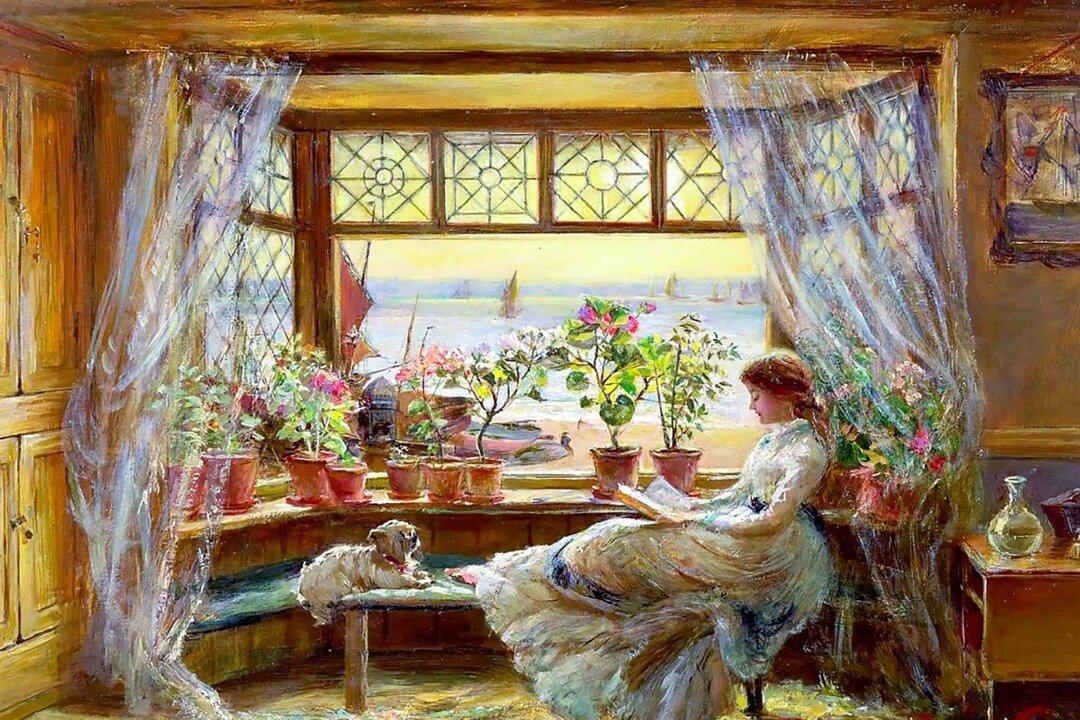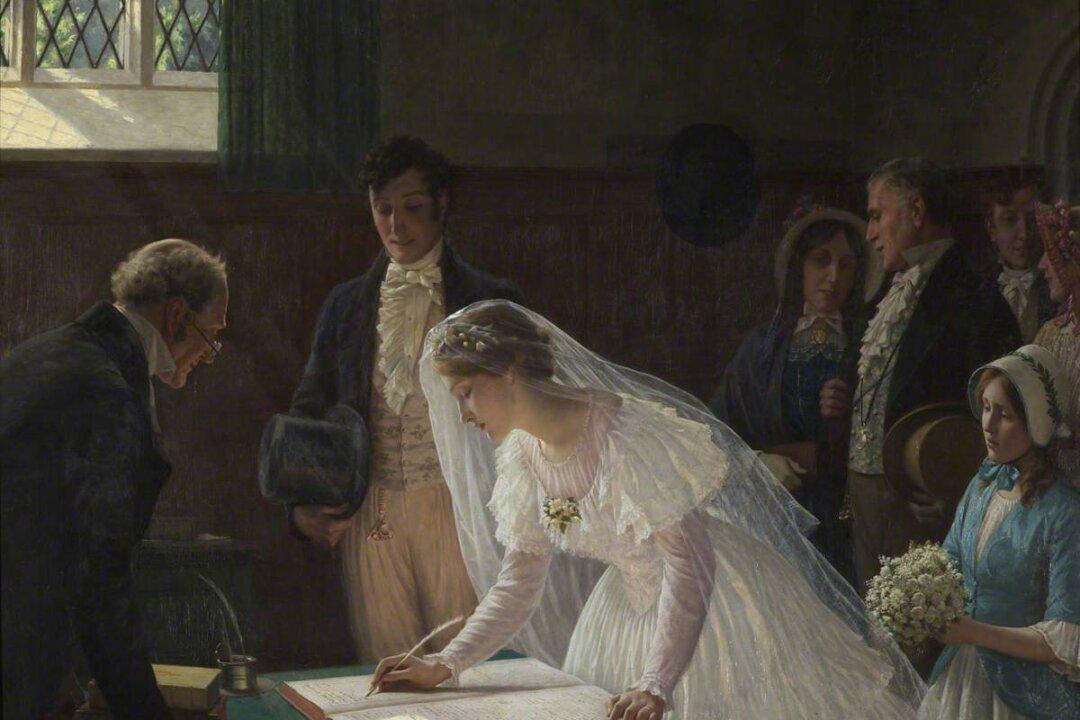Louisa May Alcott’s “Little Women” (1868) holds a unique place in the literary annals. It has enjoyed popularity from the time of publication until today and has even inspired numerous interpretations for the stage and silver screen. On the other hand, it is discounted by some as juvenile and preachy—“only” a children’s book. It doesn’t get even a mention in Wikipedia’s “American Literature” entry, and is only briefly listed under its “Children’s Literature” entry.
“Little Women” also evades the canon of “The Great American Novel,” a term coined by novelist John William De Forest in his essay written the same year as “Little Women.” De Forest defined the designation as “the picture of ordinary emotions and manners of American existence.” Considering academics include on the list “Moby Dick,” which is about a revenge-crazed whaler, we can’t help wonder why “Little Women,” which portrays exactly the ordinary picture of emotions and manners found in American family life, does not!





